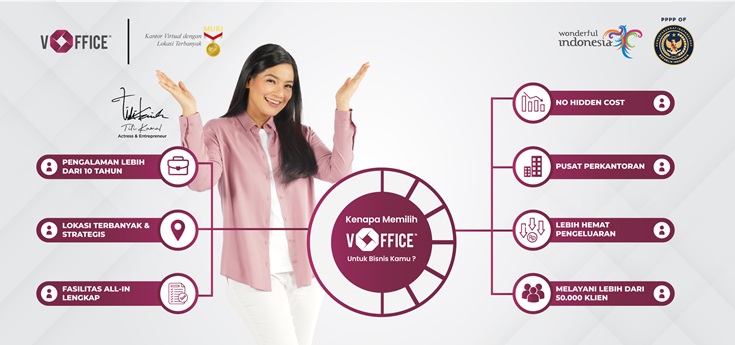In the business world of Indonesia, choosing the right type of business entity is crucial for the sustainability and management of the company. Two common business entity types are partnerships and Limited Liability Companies (PT). While both serve as business entities, there are fundamental differences that affect their structure, liabilities, and management. This article discusses the five main differences between partnerships and PTs.
Definition and Legal Structure
A partnership is a type of business association formed by two or more individuals to operate under a single collective name. In a partnership, each partner has unlimited liability for the debts of the business, meaning their personal assets can be used to cover the firm’s obligations.
PT, on the other hand, is a business entity with a separate legal identity from its owners. A PT is established through an agreement and has a clear ownership structure through share distribution. The liability of PT owners is limited to the amount of shares they own, ensuring that personal assets cannot be used to settle company debts.
Read More: How to Apply for an SIUP Online: A Complete Guide
Legal Responsibility
In a partnership, the legal responsibilities of partners are joint and several, meaning each partner is fully liable for all the partnership’s debts. If the partnership incurs losses, all partners must bear these losses using their personal assets.
Conversely, in a PT, the shareholders’ liability is limited to the capital they have invested. If the PT goes bankrupt, shareholders will not lose more than their initial investment. This provides greater financial protection for the owners.
Establishment and Registration Process
The process of establishing a partnership is relatively simple compared to a PT. A partnership can be formed merely by drafting a cooperation agreement between partners without the need for formal registration with the Ministry of Law and Human Rights.
In contrast, establishing a PT involves a more complex procedure, including drafting a deed of incorporation that must be notarized and registered with the Ministry of Law and Human Rights. This process requires submitting specific documents and meeting minimum capital requirements.
Read More: What is TDP (Company Registration Certificate)?
Ownership and Management Structure
In a partnership, all members have equal rights in managing the business, and decisions are made collectively without formal procedures. This structure provides operational flexibility but may lead to conflicts if there is no clear agreement among members. In contrast, a PT has a more formal ownership structure involving shareholders, directors, and commissioners. Major decisions in a PT usually require approval through a general meeting of shareholders (GMS) and must be executed by the board of directors. This creates a more organized management system, albeit more complex.
Tax Obligations
Tax obligations also represent a significant difference between partnerships and PTs. Partnerships do not have separate tax obligations; taxes are levied directly on the partners based on their individual incomes. This can simplify tax reporting but also makes partners personally responsible for tax obligations.
On the other hand, a PT, as a separate legal entity, has its own tax obligations that must be fulfilled in accordance with Indonesian tax regulations. This includes submitting annual reports to the authorities.
Read More: How to Apply for a Tax ID Online: Step-by-Step Guide
Choosing between a partnership and a PT depends on various factors, including the number of partners, the level of risk you are willing to take, and the need for a formal management structure. Partnerships offer management flexibility but carry high personal liability risks for members. Meanwhile, a PT provides legal protection for its owners but requires a more complex establishment process. Understanding these differences is crucial for entrepreneurs in determining the most suitable business entity for their ventures.
To simplify the process of establishing a PT and managing legal documentation, consider using vOffice. With this service, you can benefit from a strategic virtual office location, flexible service packages tailored to your needs, and comprehensive supporting facilities.
As an ISO 9001-certified company, vOffice has served over 50,000 clients across Indonesia and earned a MURI Record in 2022 as the Virtual Office Provider with the Most Locations. With vOffice, you can focus on growing your business without worrying about legal matters.
Contact us now to get a special offer!
If you intend to start or grow a business, you can rely on the services of vOffice. Our professional team is ready to help with various business needs, such as;
- Establishment of Limited Liability Company (PT)
- Establishment of Commanditaire Vennootschap (CV)
- Haki / Indonesia trademark registration
- Tax Consultation
- Virtual Office
- Office Space for Rent
- Meeting Room Rental
- Rent a coworking space
- and various other services.
Contact us now and get special offers!











